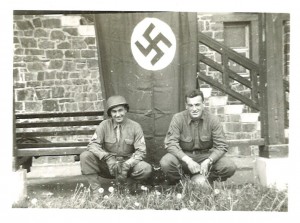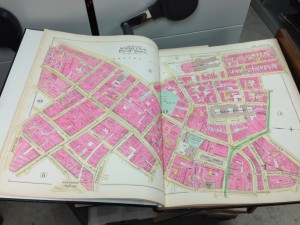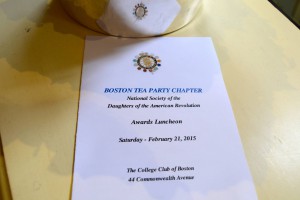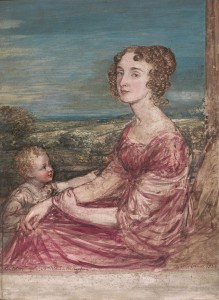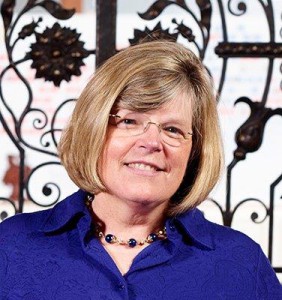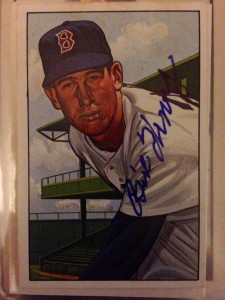
Ever since I was a child, I’ve loved baseball. My father would tell me stories about his own childhood, recalling Ted Williams batting at Boston’s Fenway Park, and Warren Spahn pitching at the former Boston Braves field. My father’s idols, they became mine. At age 12, I started researching baseball old timers and Hall of Famers—and then started writing letters to the players of the 1910s to 1930s. I wrote almost a dozen times to “Smoky” Joe Wood (1889–1985), the last surviving member of the team that christened Fenway Park in 1912 and won the World Series the same year. Each time I received a letter back, it contained answers to my questions about Smoky Joe’s playing days, as well as a signed piece of baseball memorabilia I had sent him. Continue reading Twin Pastimes: Baseball and Genealogy
